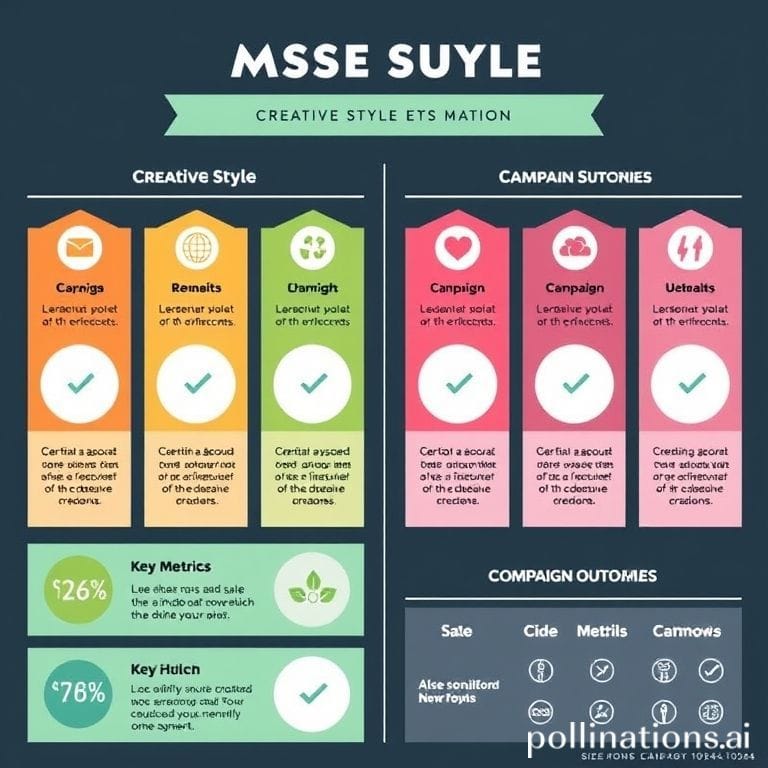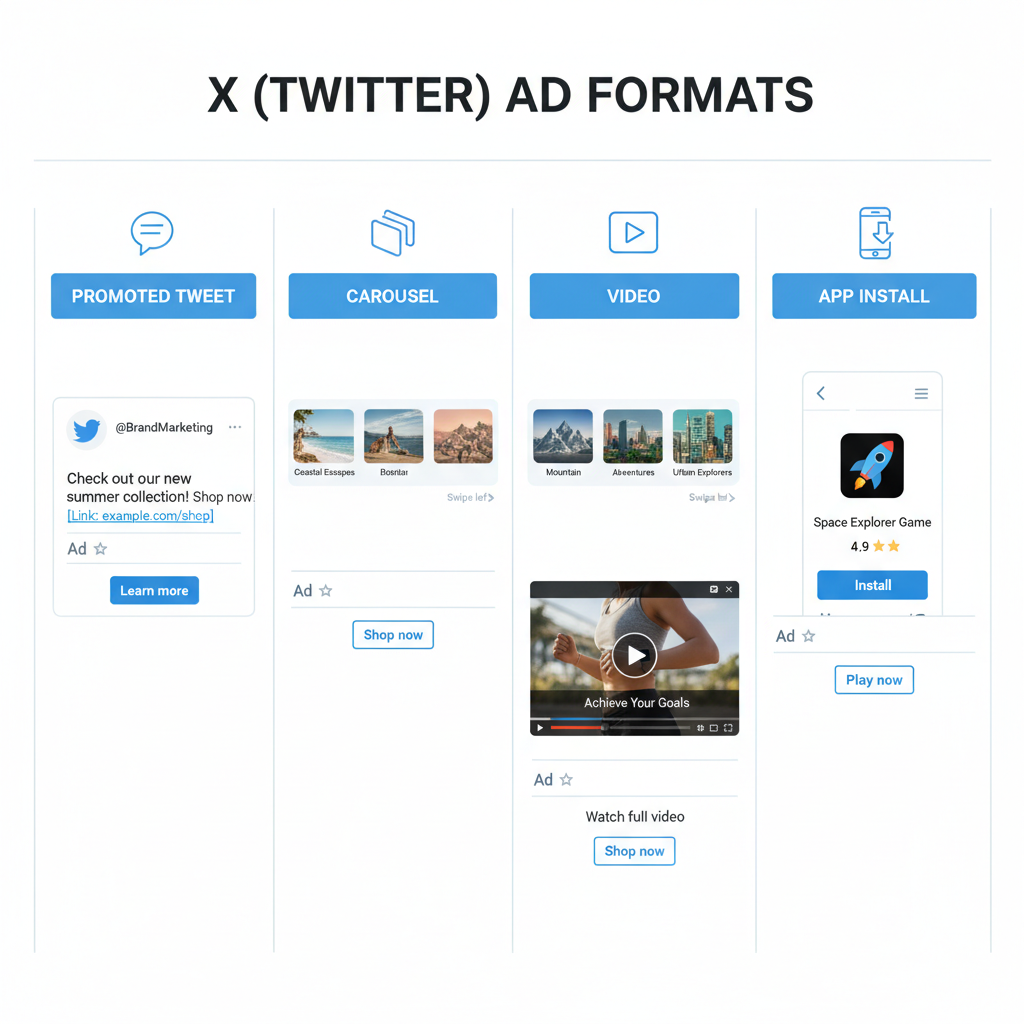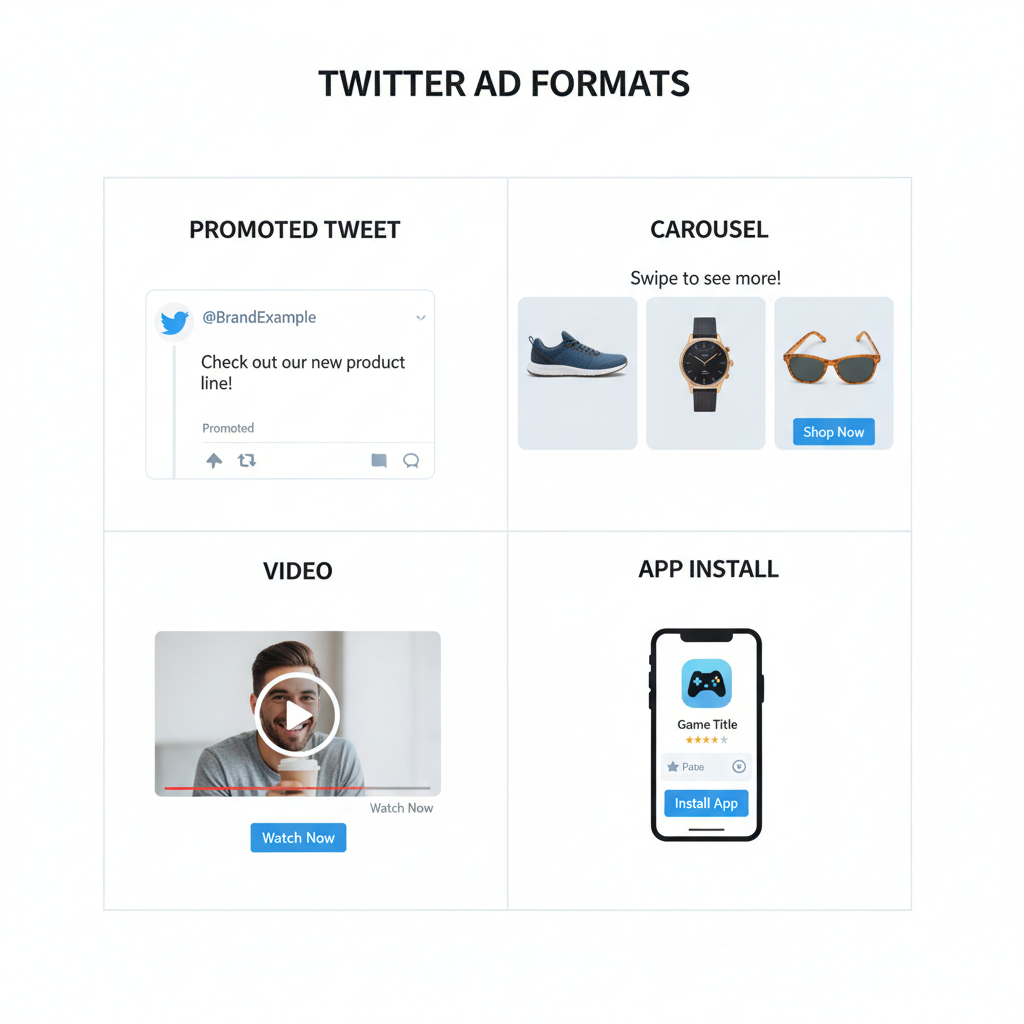Top Twitter Ad Examples to Boost Your Campaign Results
Explore effective Twitter ad examples with strategies for promoted tweets, carousel storytelling, and video formats to boost campaign performance.

Introduction to Twitter Ads and Why Creative Matters
Twitter remains one of the most agile advertising platforms for brands due to its real-time nature, viral potential, and engaged communities. With 238 million monetizable daily active users, the opportunity to get your message seen is significant. However, the sheer volume of tweets means that standing out requires more than budget — it requires creative excellence and a strategic approach.
Whether your goal is to drive traffic, increase brand awareness, or promote app installs, the success of your Twitter ads hinges on strong visuals, compelling copy, and intelligent targeting. In this guide, we’ll dissect top Twitter ad examples across multiple formats and break down the creative and strategic elements that made them effective, so you can apply these lessons to your own campaigns.

Overview of Twitter Ad Formats
Before diving into specific examples, it’s key to understand the primary ad formats available on Twitter:
| Ad Format | Description | Best Use Case |
|---|---|---|
| Promoted Tweets | Regular tweets amplified to reach a larger audience. | Awareness and engagement campaigns. |
| Carousel Ads | Swipeable cards with multiple images or videos. | Storytelling, product showcases. |
| Video Ads | In-feed videos that auto-play. | High-impact brand storytelling. |
| App Install Ads | Tweets with download buttons or deep links. | Mobile app acquisition campaigns. |
Case Study: Promoted Tweet with Viral Visual — Brand A
One of the most shared Twitter ads in recent memory came from Brand A, a consumer lifestyle company. Their promoted tweet featured:
- A highly relatable meme that resonated with their target demographic.
- Eye-catching colors consistent with brand identity.
- A witty caption aligning with trending Twitter topics.
This campaign was simple but effective, leveraging Twitter’s natural sharing culture. As users retweeted and replied, the brand saw an organic multiplier effect, lowering the effective cost-per-engagement.

Why It Worked
- Immediate emotional connection through humor.
- Native feel, blending seamlessly into the Twitter feed.
- Relevance to current cultural moments.
Case Study: Carousel Storytelling Ad — Brand B
Brand B, an eco-friendly apparel company, harnessed carousel ads to tell a micro-story about their sustainability process. Each card revealed a step in their manufacturing journey:
- Material sourcing from ethical suppliers.
- Production powered by renewable energy.
- Packaging using recyclable materials.
The sequential narrative encouraged swiping through all cards, leading to longer ad interactions and driving traffic to their sustainability landing page.
Keys to Success
- Strong sequencing of visuals to build curiosity.
- Clear and consistent messaging across cards.
- Effective use of carousel’s swipe mechanic to maintain engagement.
Case Study: Short-Form Video Ad that Boosted Engagement — Brand C
Short-form video is king on social platforms, and Brand C, a fitness app, understood that perfectly. They created a 10-second energetic clip showcasing a workout challenge available in their app.
Key aspects:
- Quick hook in the first 2 seconds with high-motion visuals.
- On-screen captions for silent autoplay viewers.
- A clear end-frame CTA: "Join the 7-Day Challenge Now."
This ad achieved a 35% higher engagement rate compared to static visuals, as users were more inclined to watch and share motivational content.
Case Study: App Install Campaign with Strong CTA — Brand D
For mobile-first brands, app install ads on Twitter can accelerate acquisition. Brand D, a travel booking platform, crafted an install ad focusing on urgency:
Creative elements:
- A headline: “Book Your Holiday Before Prices Rise!”
- Striking image of a beach destination.
- Prominent “Download Now” button with deep link to the app store.
The ad’s success hinged on the psychological trigger of scarcity, prompting immediate action from viewers.
Analysis: What Made Each Example Effective
Across all these Twitter ad examples, several winning elements emerge:
Strong Hooks
- Brand A: Humor and timely relevance.
- Brand B: Intrigue through sequential storytelling.
- Brand C: High-energy and challenge-based.
- Brand D: Urgency via scarcity.
Visual Excellence
- Vibrant colors matching brand guidelines.
- Creative formats suited to user consumption habits.
- High-resolution assets optimized for both desktop and mobile.
Targeting Precision
- Leveraging Twitter’s audience segmentation tools (interests, behaviors, lookalike audiences).
- Aligning creative with trending hashtags or events to boost relevance.

Tips for Adapting These Strategies to Your Own Brand
If you want to deploy successful Twitter ads inspired by these examples, consider the following:
- Think Native: Align your ad’s tone with organic Twitter conversation styles.
- Use Trends Wisely: Ride trends without appearing opportunistic; ensure relevance to your brand.
- Optimize for Mobile: Test creatives on small screens, as most Twitter traffic is mobile.
- A/B Test Creatives: Experiment with different hooks, imagery styles, and CTAs.
- Leverage Analytics: Use Twitter Ads Manager to monitor performance and iterate quickly.
Strategy Quick Reference
| Strategy | Example Application |
|---|---|
| Trend Integration | Create ads referencing current events relevant to your audience. |
| Sequential Storytelling | Use carousel format to reveal your brand journey step-by-step. |
| Urgency Triggers | Highlight limited-time offers with a direct CTA. |
Common Mistakes to Avoid When Creating Twitter Ads
Even great brands can falter if they miss core elements. Avoid these pitfalls:
- Overcomplicated Messaging: Twitter is fast-paced; keep copy concise and impactful.
- Poor Visual Quality: Blurry or generic images lower engagement potential.
- Ignoring Trends: Missing opportunities to tie into cultural moments reduces relevance.
- Generic Targeting: Not using advanced audience segments wastes budget.
- Weak CTAs: Avoid vague prompts; be direct and actionable (“Download Now”, “Shop Today”).
Conclusion and Actionable Checklist for Campaign Ideation
Powerful Twitter ads combine creativity, relevance, and smart targeting. The examples above — from viral promoted tweets to engaging app install ads — demonstrate the diversity and potential of this medium.
Actionable Campaign Checklist:
- Define a clear objective (engagement, installs, traffic).
- Choose the right format (promoted tweet, carousel, video, app install).
- Craft a strong hook in the first frame or sentence.
- Align visuals with brand identity and platform trends.
- Include a direct, urgency-driven CTA.
- Target precisely with Twitter’s audience tools.
- Test at small scale before rolling out broadly.
- Optimize continuously based on analytics.
By applying these insights and learning from top Twitter ad examples, you can elevate your campaigns, capture attention faster, and achieve deeper engagement with your target audience. Start experimenting today, stay consistent with your brand tone, and you’ll find Twitter Ads to be a rewarding growth channel.




